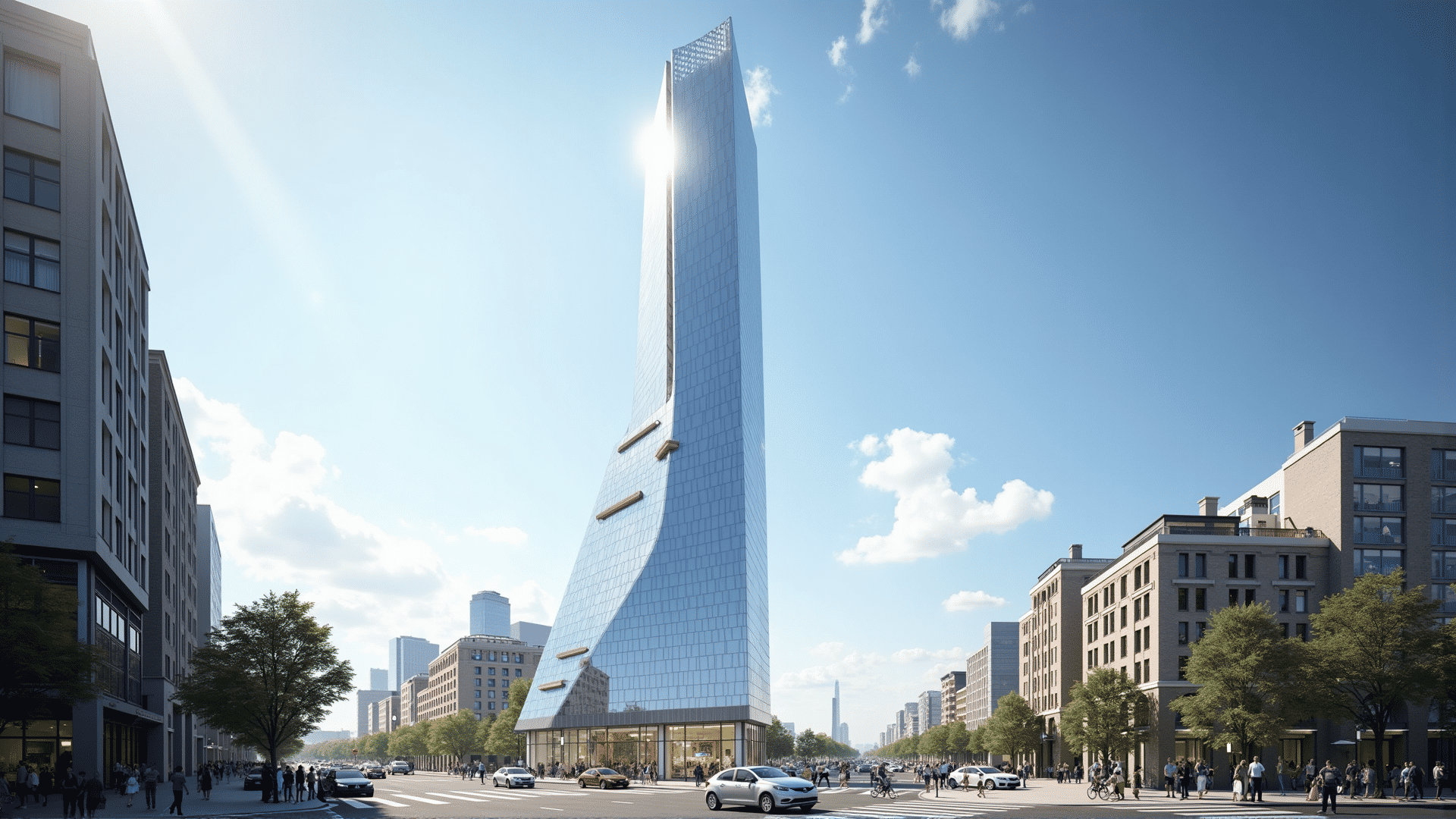In the ever-evolving world of architecture, modern skyscraper designs are not just about reaching dizzying heights but are also redefining urban landscapes in exciting and innovative ways. These contemporary marvels seamlessly blend cutting-edge technology with sustainable practices, ensuring that the architectural giants of tomorrow are not only tall but also in harmony with the environment and the evolving needs of urban life.
One of the critical aspects of revolutionary skyscraper design is the integration of sustainable practices. Today's architects are keenly aware of the environmental impacts of their creations. As a result, many skyscrapers now incorporate green building techniques that minimize energy consumption, reduce waste, and use renewable energy sources. For instance, some skyscrapers are enveloped in photovoltaic glass, turning the entire facade into a massive solar panel, providing clean energy to the building's occupants.
In addition to sustainability, modern skyscrapers are being designed with innovative structural techniques that enhance their functionality and aesthetic appeal. Gone are the days when skyscrapers were mere steel and glass monoliths. Today’s designs include twisting towers, multi-tiered structures, and buildings with kinetic elements that move with the wind, not only to enhance stability but also to create dynamic silhouettes that transform the city’s skyline.
The integration of technology is another hallmark of these groundbreaking designs. Smart building systems are increasingly common, incorporating IoT devices that monitor everything from energy usage to security, ensuring efficient and safe environments for residents and workers. Additionally, vertical gardens and sky bridges have become popular, providing urban jungles in the sky and fostering a sense of community among the occupants of different floors.
Human-centric design is increasingly at the forefront of skyscraper innovation, as architects strive to create spaces that enhance the well-being of their occupants. Many modern skyscrapers feature expansive communal areas, including parks, fitness centers, and art installations, bridging the gap between work and leisure. This holistic approach ensures that the occupants not only interact with the building structure but also with each other, fostering a sense of community within the urban jungle.
In conclusion, the future of skyscraper design is not just about breaking records in height but also about embracing the challenges and opportunities of modern urban life. With a focus on sustainability, aesthetics, technology, and community, today's revolutionary skyscrapers are not merely structures; they are ecosystems in themselves, setting new standards for what the urban environment can and should be. As award-winning designs continue to emerge, one can only imagine the innovative heights future generations will aspire to reach, both literally and figuratively in urban development.
